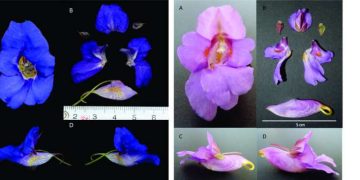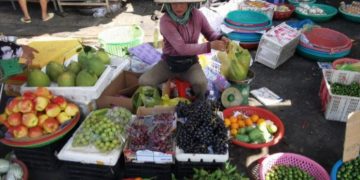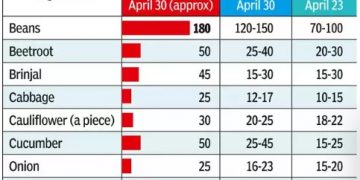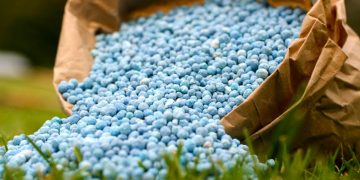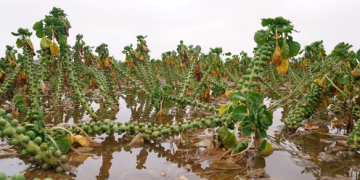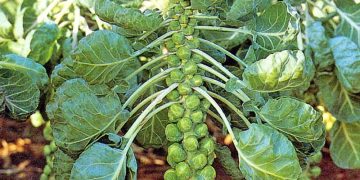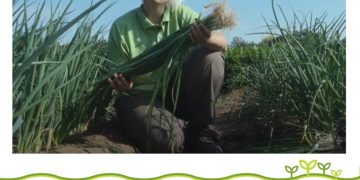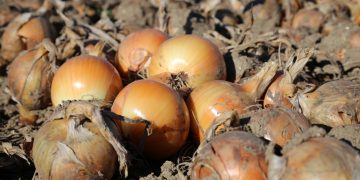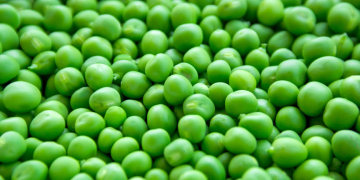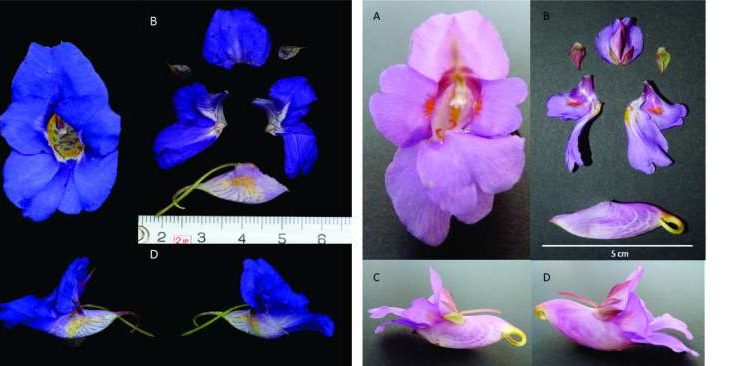Ezimila enkabeni yesigodi esijulile emhlabeni kunezitshalo ezimbili eziye zakhohlisa ososayensi amashumi eminyaka.
Izinhlobo ezimbili zohlobo lwe-“touch-me-not” (Impatiens)—i-Blue Diamond (Impatiens namchabarwensis) kanye ne-Toothed Busy Lizzie (Impatiens arguta) zitholakala endaweni eqhelile yaseTsangpo Gorge ezungeza isiqongo esiphakeme kunazo zonke eMpumalanga Himalaya, eNtabeni. Namchabarwa.
Bobabili izitshalo zihlotshiswe ngezimbali ezimise okwecilongo ezinemibala ehlukahlukene, futhi ukufana kwazo kwenza ososayensi abaningi bakholelwa ukuthi zingezohlobo olufanayo.
Kodwa ochwepheshe babenephutha.
Ocwaningweni lwakamuva olushicilelwe ku- I-Nordic Journal of Botany, abacwaningi base-Xi'an Jiaotong-Liverpool University (XJTLU) e-China nase-University of Bonn eJalimane baye bahlonza umehluko obalulekile phakathi kwezitshalo ezihlukanisa ukuhlukaniswa kwazo futhi ziqinisekise ukuthi ziyizinhlobo ezihlukene.
UDkt. Bastian Steudel we-XJTLU, umbhali ohambisana nalolu cwaningo, uthi, “Sibhekene nokushabalala okukhulu kwezinhlobo zezinto eziphilayo emhlabeni wonke, ngakho-ke kubalulekile ukuqaphela zonke izinhlobo zezilwane nendlela ezisatshalaliswa ngayo.
“Uhlobo lwesitshalo lungaba nezimbali ezinemibala eminingi ehlukahlukene; cabanga nje ngombala obomvana nomhlophe we-daisy evamile. Ngakho-ke kungaba inselele ukuhlukanisa phakathi kwezinhlobo zezilwane ezinesimo esifanayo nezindawo zokuhlala, njenge-I. namchabarwensis kanye ne-I. arguta. Kodwa manje sesikhombisile ukuthi ampova yizinambuzane ezihlukene futhi anomehluko omningi kunalokho obekucatshangwa ngaphambilini.
“Esikutholile kuyingxenye encane endida yokuhlonza nokusabalalisa izinhlobo zezilwane, kodwa izitshalo ezinjenge-I. namchabarwensis, ezitholakala kuphela ezindaweni ezihlala emincane, ngokuvamile zijabulisa ngokukhethekile ezinhlelweni zokongiwa kwemvelo.”
Ngenxa yokungaqiniseki mayelana ne-taxonomy yayo, ucwaningo lubika ukuthi i-I. namchabarwensis ishiywe indiva izincwadi ezikhona, kuhlanganise nokuhlanganiswa okujwayelekile kwazo zonke izinhlobo zezitshalo ezaziwayo ezitholakala e-China, i-Flora yase-China.
Igama elalo
I-Impatiens namchabarwensis yatholakala ngo-2003 ngesikhathi sohambo oluya ezintabeni zase-Eastern Himalaya futhi yachazwa njenge izinhlobo ezintsha ngo-2005. Yasakazwa ngokushesha emazweni aseNtshonalanga njengento entsha kubalimi abaqoqa izinhlobo ze-“touch-me-nots,” ikakhulukazi ngenxa yemibala yayo ekhangayo.
Njengoba isigodi lapho kwatholakala khona futhi kuyindawo yokuhlala yezinhlobo ezisakazeke kabanzi ze-I. arguta, ososayensi abaningi bakholelwa ukuthi lezi zitshalo ezimbili ziwuhlobo olulodwa.
UDkt. Steudel uyachaza, “Unyaka ngamunye, kutholakala izinhlobo ezintsha zezitshalo, izilwane namagciwane. Ngezinye izikhathi lezi zinhlobo ezintsha namagama azo aphakanyisiwe awamukelwa abanye abacwaningi. Bacabanga ukuthi into ephilayo ingeyohlobo olwaziwayo kakade futhi babheka igama elisha njengelinye nje elihlukile. Le nqubo ibizwa ngokuthi i-synonymization.
“Umqondo ofanayo ubaluleke kakhulu; ngaphandle kwalokho, wonke umuntu ubezokwazi igama elihlukile futhi ukuxhumana phakathi kochwepheshe bekuyoba nzima kakhulu.”
Naphezu kokubaluleka komqondo ofanayo, kwezinye izimo, izitshalo ziyizinhlobo ezihlukene ngempela ngakho-ke zithola ilungelo legama elisha. I-Blue Diamond (I. namchabarwensis) iyisibonelo esinjalo.
Abacwaningi baqaphela ukuthi i-I. namchabarwensis impova amabhu oklebe futhi ivame ukuphila iminyaka emibili kuya kwemithathu, kuyilapho i-arguta ithandwa ama-bumblebees futhi ihlala iminyaka eyisishiyagalombili. Basikisela ukuthi umehluko kuma-pollinator kungenxa yamacembe aphansi ezitshalo abheke ngezindlela ezihlukene kancane; I. i-arguta idala inkundla yezivakashi zayo zezimbali enamacembe avundlile, ngokungafani namaqabunga abheke phansi e-I. namchabarwensis.
UDkt. Steudel uchaza umthelela wokuhlonza le mehluko: “Kungaba usizi ngempela uma uhlobo oluhle kangaka olunjenge-I. namchabarwensis beluvalelwe ukuze luphile ngokuqoqwa kuphela futhi lushabalale emvelweni.
“Kodwa kungaba kubi kakhulu uma lonke ulwazi lwalesi sitshalo zinhlobo nayo yashabalala, ngoba yayingahlukaniswanga kahle.”
